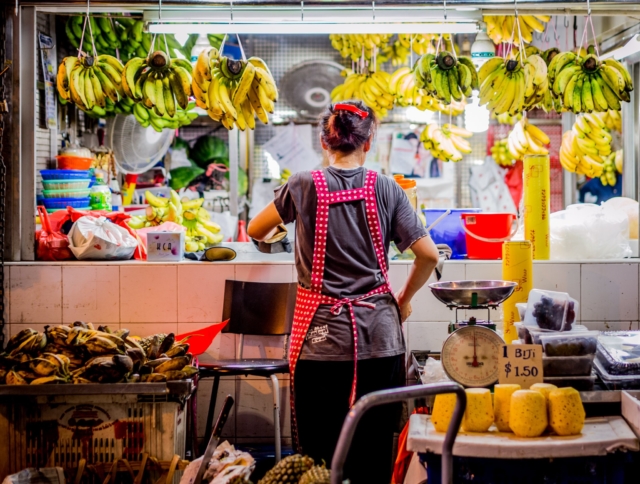Impact of COVID-19 on Poverty in Singapore

Like most of the world throughout the COVID-19 pandemic, Singapore has undergone a health and economic crisis while battling the novel coronavirus. However, the impact of COVID-19 on poverty in Singapore has disproportionately affected Singapore’s low-wage migrant workforce as the country continues the fight against the virus and the race to distribute vaccines.
COVID-19 Within Singapore’s Low-Wage Workforce
As early as the fall of 2020, Singapore seemed to return to life as normal with restaurants reopening and malls filling with crowds. However, the nation’s low-wage workforce, which included primarily migrant workers, faced a COVID-19 surge and a battle of its own.
Singapore’s low-wage workforce consists of more than 300,000 foreign construction and manufacturing workers from countries such as India and Bangladesh. These workers live in crowded dorms throughout their work period where COVID-19 quickly becomes rampant. Migrant workers accounted for nearly 95% of the country’s novel coronavirus cases as of September 8, 2020. With the placement of quarantine orders on these workers after numerous outbreaks, many had to stay in hot, overcrowded rooms without ventilation. As a result, the workers became exposed to the virus.
These workers have been extremely vulnerable to both the novel coronavirus and economic fallout due to factors such as overcrowded dorms, “hazardous working conditions,” low pay and lack of access to social protection. Many workers did not receive full wages throughout the quarantine order and faced high health costs when eventually returning home.
Poverty in East Asia: The Effects of the COVID-19
Despite recent post-COVID-19 economic recoveries in many East Asian countries, the World Bank reported that emerging post-pandemic recovery is and will continue to be uneven as the country’s most impoverished bear the brunt of the COVID-19 economic crisis. Poverty in East Asia and the Pacific stopped declining for the first time in more than 20 years as an estimated 32 million citizens across the region were unable to escape poverty as a result of unequal access to social, medical, educational and technological support.
A Future of Hope and a United Fight
Hope for Singapore’s citizens continues to come in the form of vaccines. More than a third of the country’s 5.7 million citizens have been fully vaccinated and nearly half of the population received at least one dose of a COVID-19 shot as of June 19, 2021. The government plans to complete vaccinations by the end of 2021.
Additionally, the World Bank Group has begun numerous relief programs in Eastern Asia and the Pacific region. Part of the organization’s $125 billion fund will go toward combating the “health, economic and social impacts” of the novel coronavirus globally and the World Bank Group plans to establish COVID-19 fast-track facilities. The World Bank Group intends to provide emergency funding for medical supplies and medical training while also working to strengthen national public health systems.
Returning to “Normal”
As Singapore eases back into normality as its population becomes vaccinated, a new awareness of social inequality is spreading domestically and internationally. A BBC article from September 18, 2020, states that the crisis exposes a “pandemic of inequality” within the country. Meanwhile, a foreign policy piece, published on May 6, 2020, describes Singapore’s lack of action in combating the economic crisis as a failure to see migrant workers as people.
While inequalities and poverty in Singapore have worsened throughout the COVID-19 pandemic, activists around the world and across the nation are advocating for better conditions and awareness as the reopening process occurs. Organizations such as the World Bank Group, the Human Rights Campaign and Amnesty International are continuing to provide aid and advocacy for extremely impoverished people in Singapore. As the country climbs out of the COVID-19 pandemic, a future of hope and awareness presents itself. There is hope that the distribution of vaccines, education about the crisis and international funding will reduce the impact of COVID-19 on poverty in Singapore.
– Lillian Ellis
Photo: Flickr
